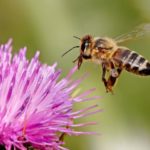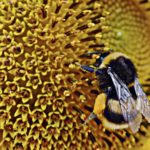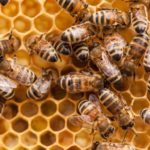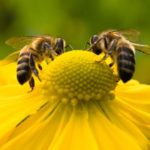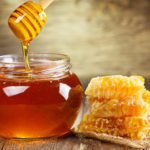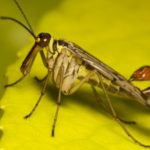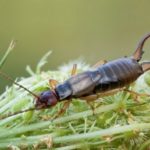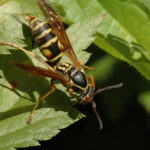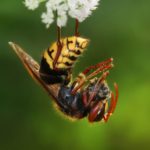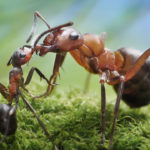Honey bees – information
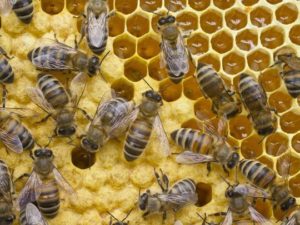 Honey bees can even be used to enhance national security. Highly sensitive honeybee receptors, which they use to detect even the slightest trace of pollen on large areas, can be effectively used by teaching them to look for other substances. The security agencies experimented with bees, giving them a sense of the chemical odors associated with the production of bombs and teaching them how to swarm, when these smells are detected.
Honey bees can even be used to enhance national security. Highly sensitive honeybee receptors, which they use to detect even the slightest trace of pollen on large areas, can be effectively used by teaching them to look for other substances. The security agencies experimented with bees, giving them a sense of the chemical odors associated with the production of bombs and teaching them how to swarm, when these smells are detected.
Tiny tracking devices are attached to the insects, so that it is easier to find a swarm in open spaces. Small cameras also determine the movements of the proboscis in bees, who expect a reward in the form of sugar water, for detecting the desired substance or odor.
If you ever felt that a bee was aiming at you, then you were probably right – honey bees can recognize individuals. Even more interesting is that they use the same method that people use for this. Bees recognize a group of lines and forms as a template in a process known as a configuration processing.
They can also remember this pattern for a long time. When they were provided with a food source associated with pictures of faces and bowls of water, associated not with facial features, biologists noticed that insects quickly learned to accurately distinguish faces. Over time, they even could distinguish faces drawn schematically from more realistically drawn faces.
One might assume that the only purpose of worker bees is the production of honey, and that this is their inherent trait. However, it is not. Honey bees have no idea how to make honey when they are born. This is taught to them by veteran bees, in the course of their work. Studies have shown that bees learn by observing their more experienced counterparts. New bees look at what colors others flock to and follow their example.
